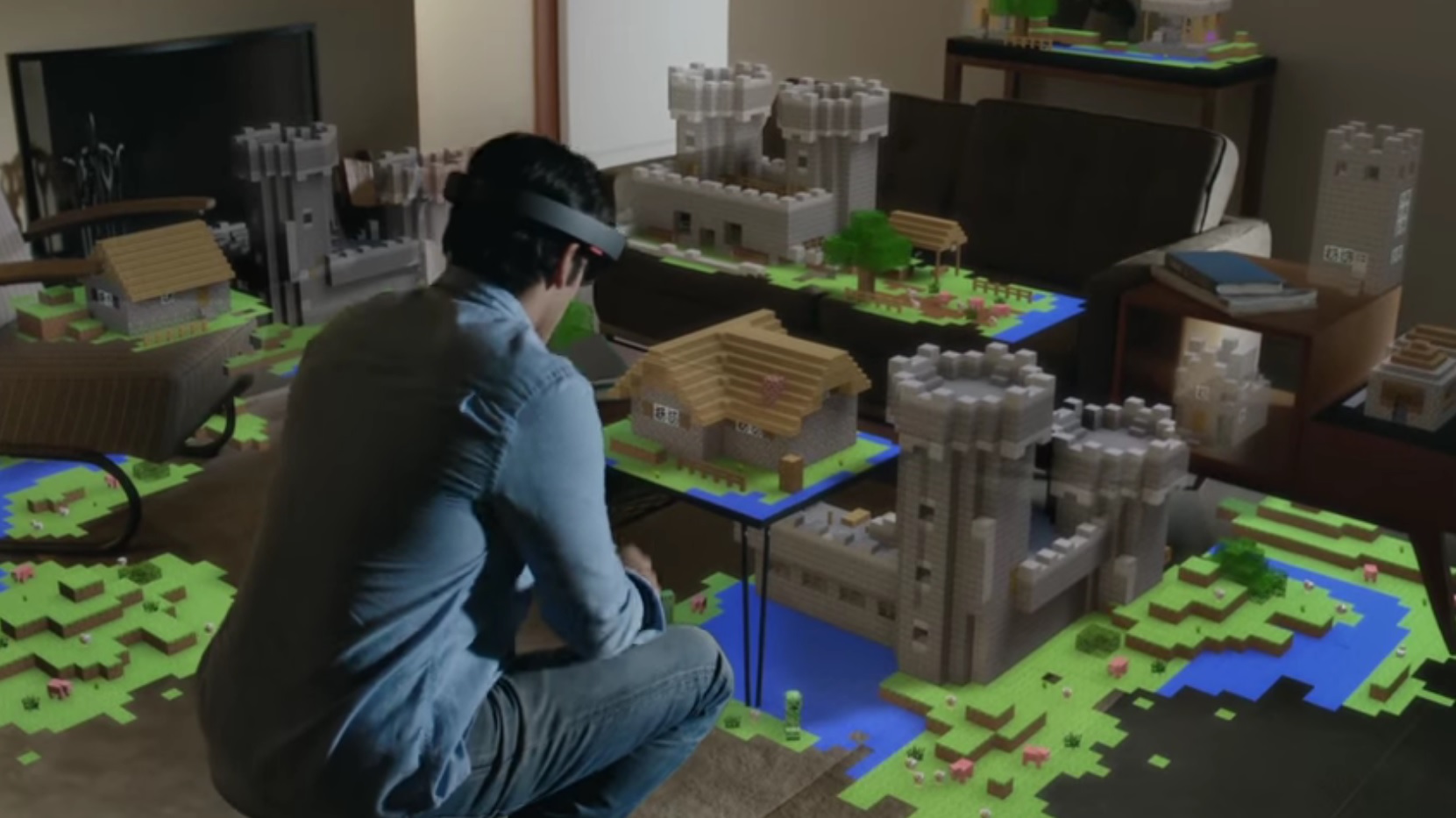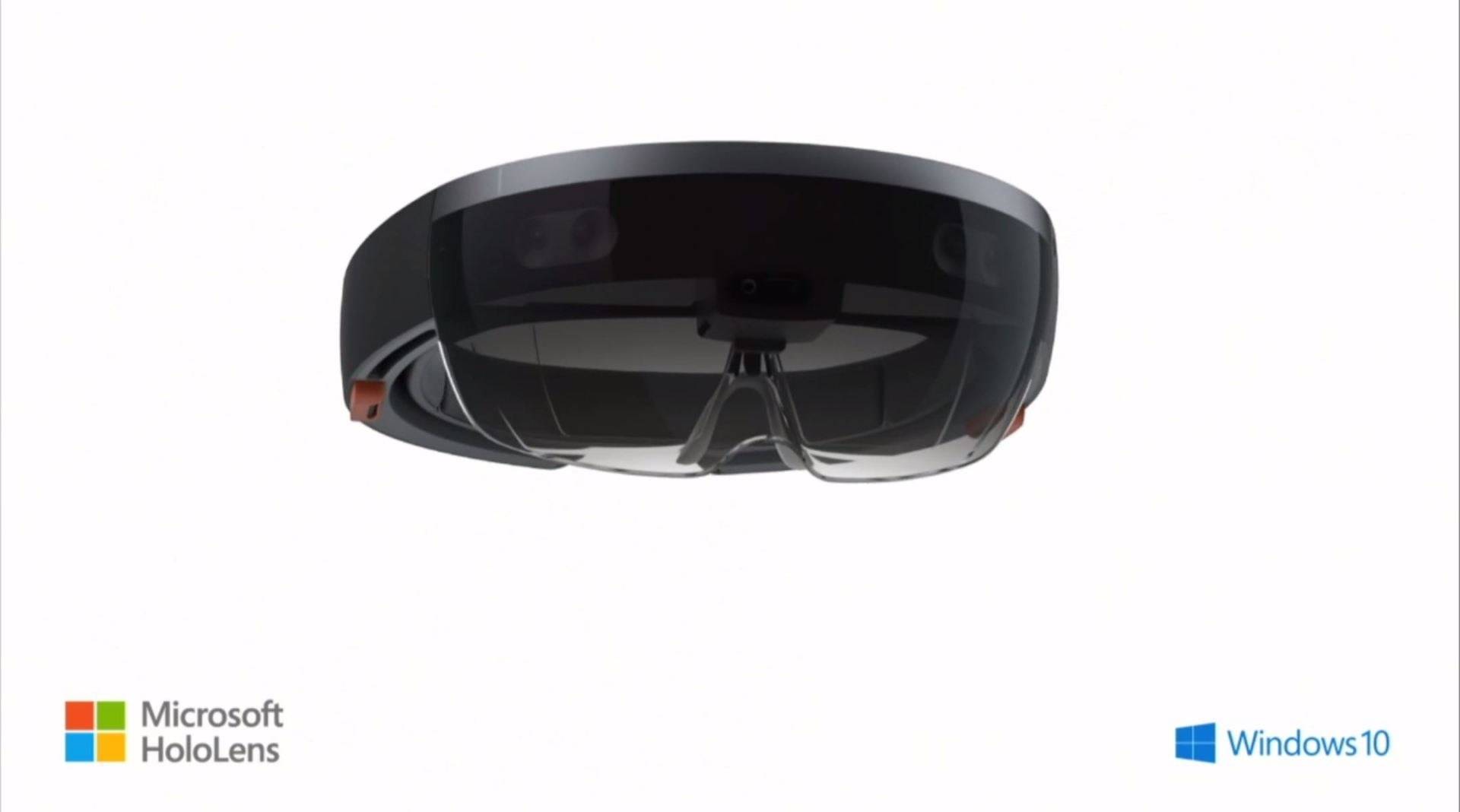Can you point to some coverage of this? I don't remember this, googling produces nothing and there is no mention of anti-trust issues in several "history of Zune" articles, nor in the Wikipedia page.
Its hard to find any information
http://en.wikipedia.org/wiki/Microsoft_PlaysForSure play for sure was introduced in 2004
It makes perfect sense because in the case of both Kinect devices Microsoft created interesting hardware but failed to use it in intersting ways becuase they didn't support it in software. HoloLens is interesting hardware for sure. We had a Microsoft Surface (the table) which was also let down by rudimentary software.
THe original Kinect was used in a lot of different area's from games to surgery . The Kinect 2 was short lived because of the backlash that came with the original reveal of the hardware and the lack of games for it.
Kinect has use outside of gaming. So did the Surface. Microsoft barely supported either. I can't see HoloLens getting a lot of support becuase it requires a compeltely different interface paradigm. It's not like people will be easily converting software that makes use of controllers or a mouse and keyboard. There are a thousand details that need to be addressed.
Kinect had limited use and like I said was tied to hardware. You could have bought a pc Kinect but you'd still need a pc. The Halolens is self contained you don't need anything but it.
The original surface still exists and hardware and software has been improved and now we have surface tvs and portable surfaces.
It seems like they are already have the fundamental software up and ready.
Since it runs windows skype , Netflix , IE and other programs will work just fine in it with your eyes and hand replacing the mouse.
Games would be a bit harder , but windows 10 already supports controllers so a Bluetooth controller will let you play any of the games with the hololens acting as a giant screen .
Then of course you can have something that you interact with more
But of course the beauty is a lot of the lifting has been done by Kinect. So a lot of the tools and librarys from the Kinect should map directly to this.
It appears to have 2 sets of Kinect camera's one on each side. Which can easily map your hands and fingers to the virtual world your touching and provided movements and actions to the software




